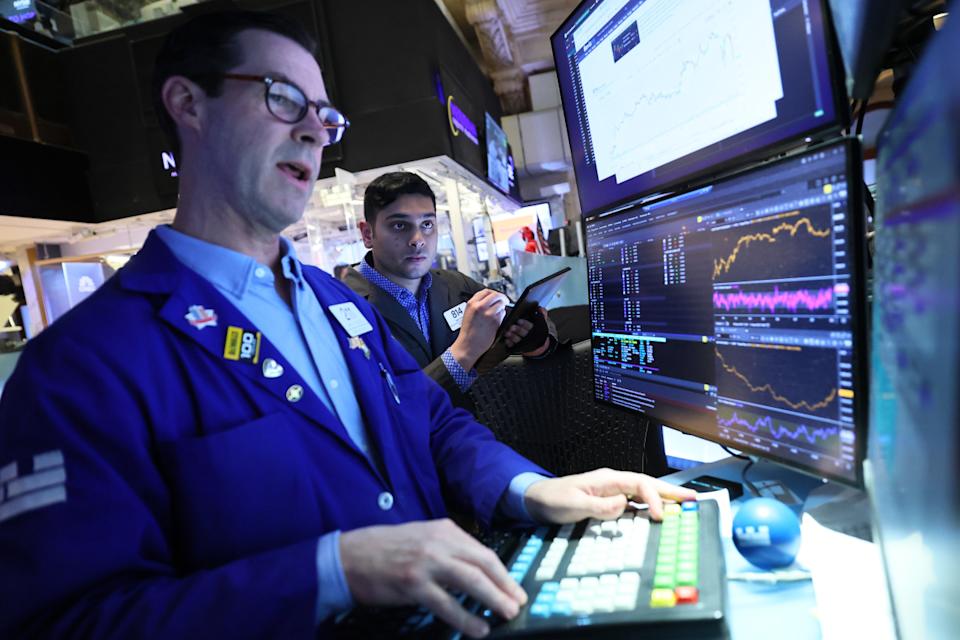The Federal Reserve’s preferred inflation measure showed prices accelerated in June, fueling fears that inflation remains more persistent than policymakers had hoped. The core Personal Consumption Expenditures (PCE) index, which excludes food and energy and is seen as a more stable measure of inflation, rose 0.3% from May, matching economists’ expectations but surpassing May’s 0.2% uptick.
On an annual basis, core prices rose 2.8%, higher than the 2.7% forecast and in line with May’s revised figure, which itself was nudged up from a previously reported 2.7%.
This data arrives just a day after the Federal Reserve held interest rates steady at its July meeting, with Chair Jerome Powell sounding cautious on future inflation effects tied to tariffs. “It’s still the ‘early days’ of any tariff impact on inflation,” Powell said, adding, “There is still a long way to go before the full effects will be clear.”
Spending Slows, Incomes Inch Up — But Is That Enough?
Beyond inflation, the economic picture showed further signs of softening. Real personal spending, which adjusts for inflation, rose 0.3% in June, missing expectations for a 0.4% increase. That followed a 0.3% decrease in May.
Meanwhile, personal income climbed 0.3%, a modest rebound after a 0.4% decline the month before.
All of this adds to the unease about a slowdown in economic momentum, especially after a weaker-than-expected Q1 GDP reading. The combination of persistent inflation and sluggish growth has analysts murmuring about the one word the Fed dreads: stagflation.
March Flashback: Core Inflation Stubbornly Lingers
Looking back, the Bureau of Economic Analysis’s March PCE report showed core prices climbing at an annual rate of 2.6%, slightly below February’s 2.8%, but in line with Wall Street’s forecast.
On a monthly basis, however, core prices were flat, a deceleration from February’s 0.4% gain and contrary to expectations of a 0.1% increase.
The headline PCE inflation index also held steady at 2.3%, narrowly beating expectations but easing from February’s 2.7% pace. The BEA reported that monthly prices remained unchanged, down from the prior month’s 0.4% increase.
Interestingly, consumers ramped up big-ticket purchases in March, likely in anticipation of tariffs. Personal income rose 0.5%, while spending jumped 0.7%, according to the BEA.
Markets Shudder as “Warning Shot” Echoes
The market reaction was swift and sharp. The S&P 500 dropped 110 points (2%), the Dow Jones fell 700 points, and the Nasdaq tumbled 440 points (2.5%). Bond yields nudged higher, with 2-year notes at 3.671% and 10-year notes at 4.173%. Meanwhile, the U.S. dollar index ticked up to 99.408, a 0.17% gain.
For economists, the message is clear. “Even if today’s weak GDP may have partially reflected companies trying to get ahead of tariffs, it was still a stagflation warning shot over the bow of the economy,” reportedly said Ellen Zentner, chief economic strategist for Morgan Stanley Wealth Management.
“This type of data won’t soothe the markets,” Zentner warned, “and it won’t make the Fed’s job any easier.”






